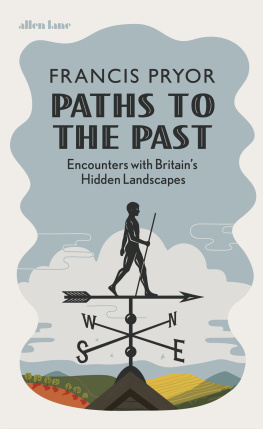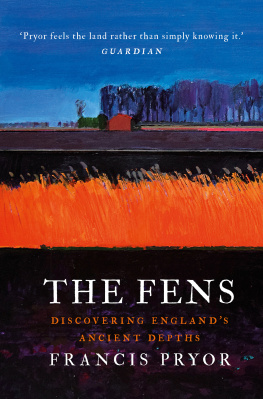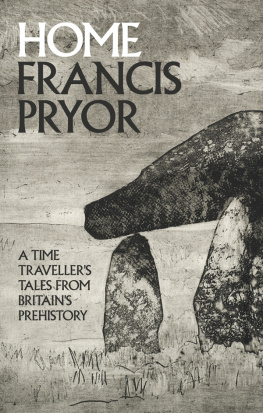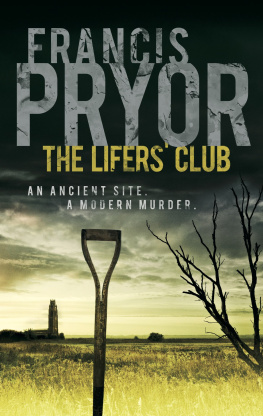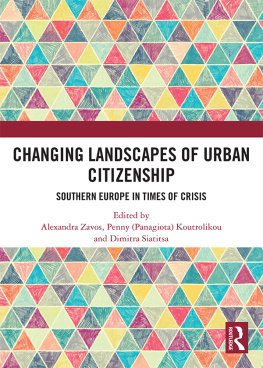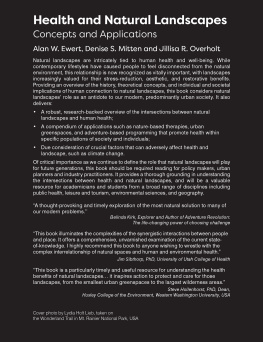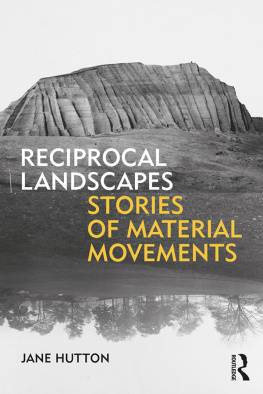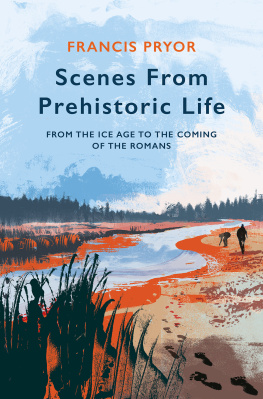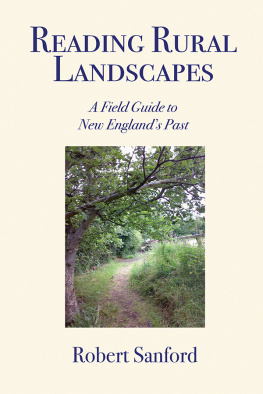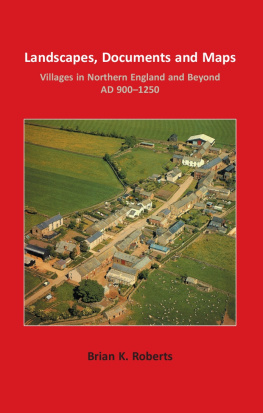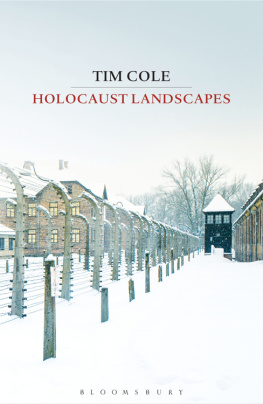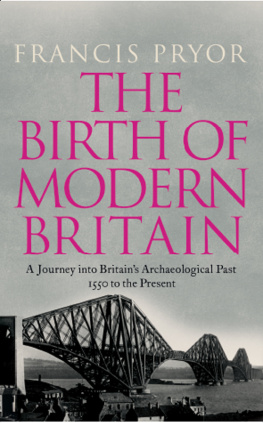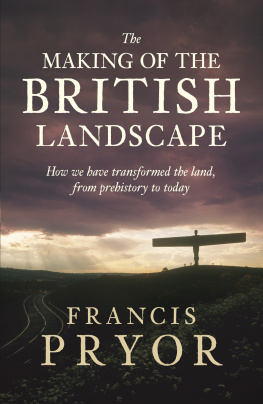Francis Pryor
PATHS TO THE PAST
Encounters with Britains Hidden Landscapes
ALLEN LANE
UK | USA | Canada | Ireland | Australia
India | New Zealand | South Africa
Allen Lane is part of the Penguin Random House group of companies whose addresses can be found at global.penguinrandomhouse.com
First published 2018
Copyright Francis Pryor, 2018
The moral right of the author has been asserted
Cover design: Richard Green
ISBN: 978-0-241-29999-9
To my niece, the artist and archaeological illustrator Chloe Watson
1
After Ages of Ice
Star Carr and the Vale of Pickering, North Yorkshire
In the late autumn of 1967 I found myself heading north along the A1, driving flat-out in an aged Ford Popular that could just do 50 mph. Many hours after leaving Cambridge, we arrived at our destination: a chilly, flat and foggy field in what seemed like the middle of nowhere. My two friends were wildly enthusiastic and headed down the cart track as if they were approaching Valhalla. I trudged along behind them, head down, trying not to feel too sorry for myself. I have to confess, my first visit to the iconic site of Star Carr was less than memorable.
The Vale of Pickering is a wide, steep-sided valley that was sculpted by Ice Age glaciers. Flat and low-lying, it drains the higher land that surrounds it: the North York Moors to the north, the Wolds to the south-east and the Howardian Hills to the south-west. The natural drainage pattern meant that the rivers that flowed through it principally the Derwent would have emptied directly into the low-lying plain that would shortly become the North Sea. However, when the Ice Age climate warmed, one of the glaciers moving through the Vale began to retreat. Glaciers are famous for leaving distinctive U-shaped valleys in their wake, formed by the immensely powerful, plane-like action of slow-moving ice. Flowing glaciers scrape and bulldoze their way downhill, pushing a huge bank of rocks and earth before them. When the glaciers then stop or retreat, this bank is left stranded and can form a natural dam, known as a terminal moraine. The terminal moraine at the eastern end of the Vale still blocks all drainage into the North Sea, just south of Scarborough, with the blocked rivers forming a lake on the western side of the moraine, known to archaeologists and geologists as Lake Flixton. Today the lake has been completely drained and the land is given over to agriculture. Star Carr, the ancient settlement site the three of us visited all those years ago, lay on the shore of the onetime glacial lake.
I described Star Carr as iconic, which indeed it is, because it has revealed some of the earliest evidence for human settlement in Britain after the Ice Ages. The site was discovered before the war by local enthusiasts who had spotted flint tools lying on the surface, but it was not excavated until the early 1950s. Its archaeological importance is immense because of its location on ground that is still partially waterlogged, despite recent drainage. Waterlogging has meant that organic materials, such as wood, leaves, seeds and even pollen grains, have been preserved in the peaty muds that once formed the bed and foreshore of the glacial lake. Analysis of the pollen preserved in these peats has allowed botanists to reconstruct the changing environment at the time the site was occupied.
As a student, three lecturers inspired me. All were hands-on excavators. The best-known of them, Graham Clark, I regarded as something of a God. Admittedly, he was quite a dry and scholarly sort of God, but then deities dont always have to thunder, point doom-laden fingers, or sport imposing beards.
Clarks most famous excavation, done in the early 1950s, was Star Carr. I remember Professor Clark would frequently repeat that excavation without publication is simply destruction. For me, it still remains the ultimate archaeological sin. Living up to his words, Clark ensured that his site was promptly and thoroughly reported and it illustrates very well how perceptions, interpretations and knowledge can change through time, with even the most rigorous, disciplined, science-based research.
Ive often wondered at what point did Clark and his team of specialists from Cambridge begin to realize that they were making what were to prove internationally important discoveries. I certainly have started to dig sites which had splendid potential, but then turned out to be ordinary, even disappointing. But was there something different about Star Carr? First of all, its location is superb and although my first trip there was less than auspicious, many subsequent visits have always proved exciting. As you head off the road and out into the peaty fields you get a distinct feeling of descending into a vanished lake. The shoreline of the glacial lake is hidden in summer when the crops are growing, but after ploughing in the autumn it is easily discerned. The landscape changes are subtle but clear, which is why Clark knew exactly where to dig. Had I been in his shoes, Im sure I would have made precisely the same decision. My own feeling is that the whole team would have known they were on to a winner from the very beginning, which may help to explain why the project generated such excitement at the time.
The sites setting in the landscape may have been evident, but its archaeological significance has become a matter for hot debate. These are not dry academic discussions about recondite details. Rather, its a question of whether were talking about a tiny population of wandering hunters living in temporary camps, or was something altogether more substantial taking place? There have since been a number of important new research projects in the Vale of Pickering and we now understand very much more about the nature of its landscape some 10,000 years ago. But how were people earning a living there? What was the population? These were the basic questions that needed to be answered, with new information from the ground. It has not proved to be an easy quest and there have been many false starts and dead-ends, but at last I think we are now approaching an answer and if you had suggested that to me ten years ago, I would probably have thought you were joking.
As was the practice at the time, Clark opened relatively small, hand-cut trenches. From them, he and his team established that Star Carr was extremely ancient and could reliably be dated to the first few centuries after the Ice Age. Today, we know that the North European climate warmed by some 10C around 9600 BC, and it did this very rapidly, maybe over just fifty years. Then the graph naturally levelled off. The period between the return of people to Britain after the Ice Age and the arrival of farming around 4000 BC is known as the Mesolithic, or Middle Stone Age. The Mesolithic settlement at Star Carr is currently dated to around 9000 BC, close to the start of the period.
Clark believed they had recovered the remains of a temporary hunting camp along the edges of the old glacial Lake Flixton, whose boundaries have since been mapped out in some detail. The Star Carr camp was on the gently sloping southern shore of a freely draining sandy promontory on the western side of the lake. Using botanical and other evidence, Clark and his collaborators concluded that the camp was probably occupied by bands of hunters, on and off, during the wetter months of winter. In summertime they would follow their prey up on to the higher land that skirts the Vale of Pickering. Clarks finds included many worked flints, together with shaped bone or antler tools and hunting spears. But the finds that brought the site to national prominence were a pair of antler head-dresses, known to archaeologists as frontlets. These consisted of the uppermost skull of a red deer stag, with the antlers still in place. The rough bits on the underside of the skull had been filed or scraped off and two holes had been bored through presumably for hide thongs to tie the headdress on to the wearers head. Most prehistorians now agree that these frontlets were probably worn by shamans during rituals to do with hunting.

